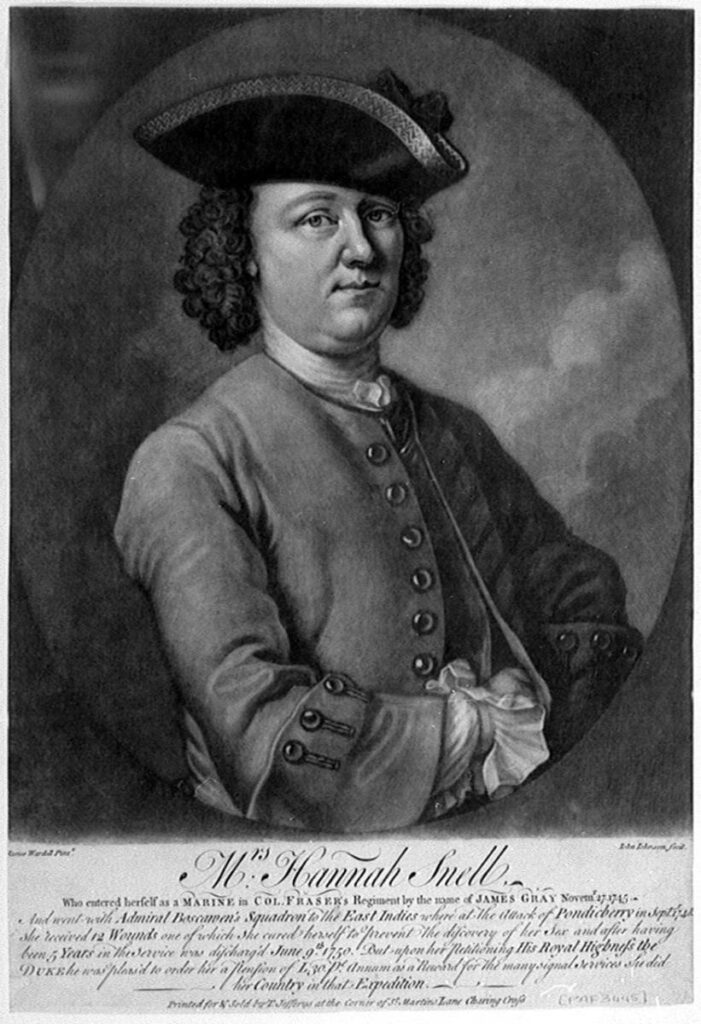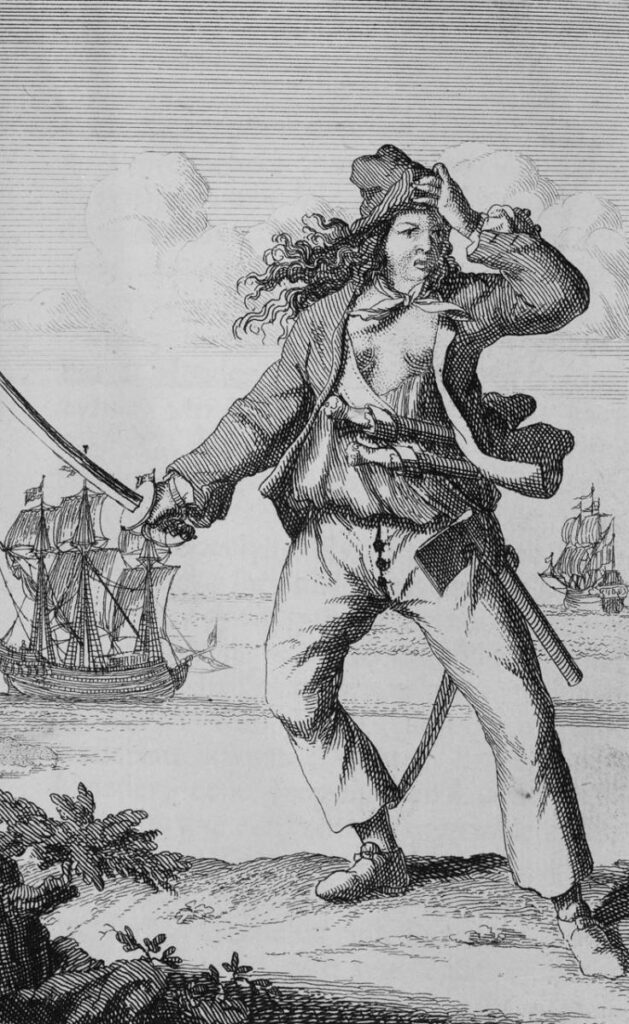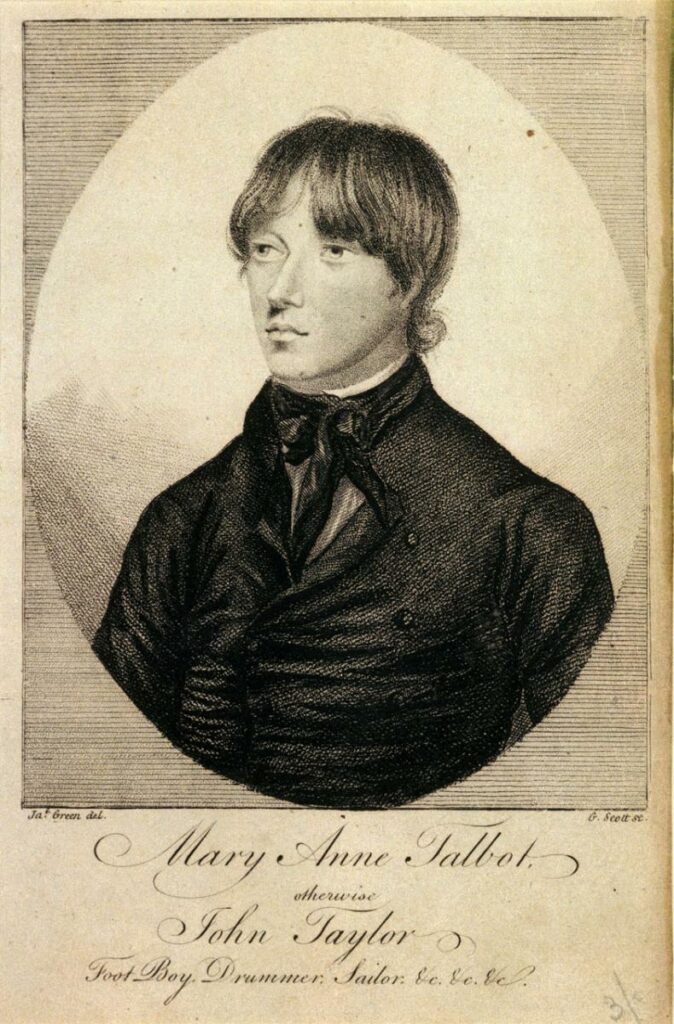For centuries, the maritime world was a realm closed to women in Britain, a place where adventure, danger, and excitement seemed inaccessible. However, a courageous group of women defied societal norms, disguising themselves as men to partake in the maritime voyages of their dreams. Vivien Morgan, in her book “Cross-dressed to Kill,” unravels the remarkable stories of these boundary-breaking seafarers.
Female Fighters of the 18th Century:
The 18th century witnessed a surge in women adopting the guise of soldiers, sailors, or marines. Fueled by a desire for adventure and a spirit of rebellion, young girls and twenty-somethings, often labeled as ‘tomboys,’ sought opportunities beyond the confines of their villages.
Waging Wars at Sea:
In an era marked by wars between European nations, the British army found itself stretched thin across the globe, urgently seeking recruits. The East Indies wars against France, aimed at protecting the British East India Company’s interests, created a unique opening for these adventurous women.
Hannah Snell: A Trailblazing Sailor:
Among these courageous women was Hannah Snell (1723-1792). Eager for adventure, she volunteered as part of Admiral Boscawen’s fleet, embarking on a tour of duty in the East Indies. Onboard the Swallow, Hannah’s skills and courage earned her the nickname ‘Miss Molly Gray,’ navigating the challenges of life at sea.

Hannah faced the front lines during the final assault on Pondicherry, sustaining injuries that she concealed to maintain her disguise. Her published story, “The Female Marine,” became a bestseller, and she later ran a public house, ‘The Female Warrior,’ proudly displaying her dual identity.
Mary Read: From Sailor to Pirate:
Mary Read (1685-1721) took her disguise to the West Indies, eventually becoming a pirate. Captured by the infamous Jack Rackham, she discovered a fellow disguised woman, Anne Bonny, leading to a twist in their fate. Sadly, Mary’s story concluded with her death from fever after capture by the British Navy.

Mary Anne Talbot: A Forced Sailor:
Forced into a life at sea by her abductor, Captain Bowen, Mary Anne Talbot (1778-1808) overcame adversity. Raped and dressed as a cabin boy, she saw action in the Caribbean and Flanders. Post-Bowen’s death, she continued her sailor’s life, contributing to Lord Howe’s ‘Glorious 1st of June’ attack.

Unveiling Identities:
The stories of ‘William Brown,’ ‘Paul Daniels,’ and ‘Arthur Douglas’ underscore the diversity of women who dared to defy convention. ‘William Brown’ stands as the sole known black female sailor in the British Navy, her image lost to history.
Legacy of the Unknown Warriors:
Numerous women like Jane Meace, Hannah Witney, and others enlisted, fought, and often remained unknown. Their valiant efforts and undaunted courage echo through military and social history. Vivien Morgan’s “Cross-dressed to Kill” immortalizes these women, ensuring their place in the annals of maritime history.
Conclusion:
As Morgan meticulously traces the journeys of these women warriors, “Cross-dressed to Kill” stands as a testament to their resilience and determination. These seafaring heroines, often unsung in their time, challenge traditional narratives and inspire generations to come.